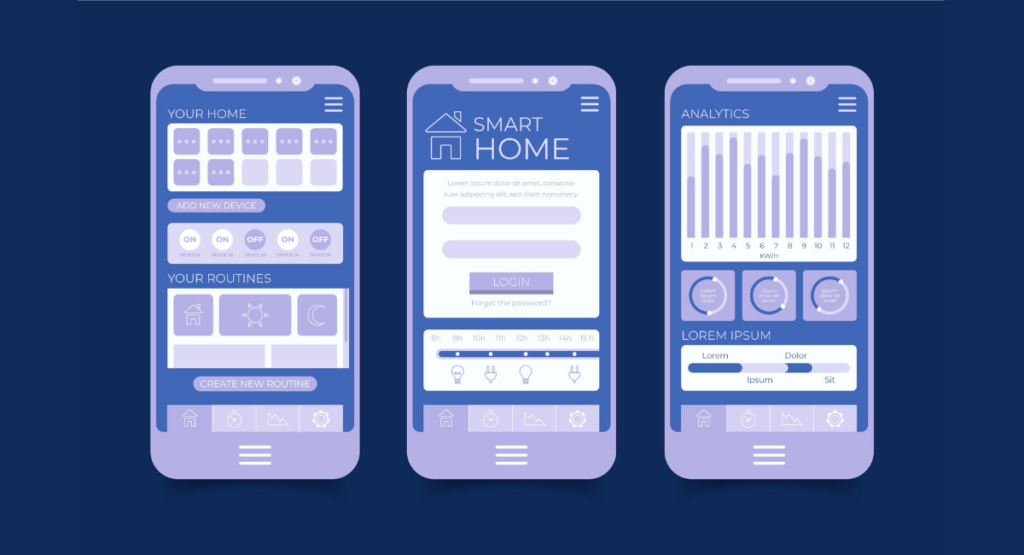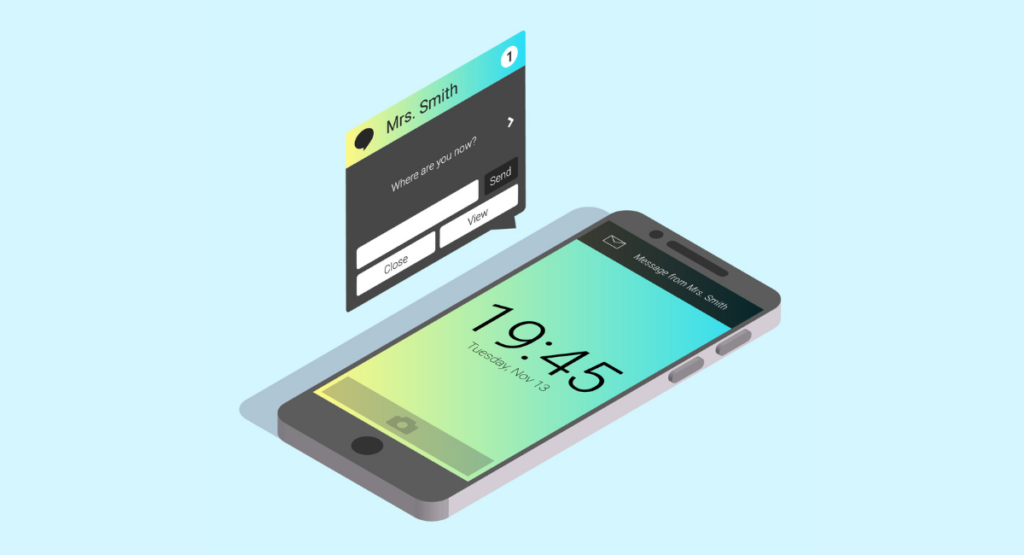While making or improving websites, one needs to consider that they work properly on the most commonly used devices these days, mostly mobiles, which more and more become the first and central point of access to the internet for many people.
One of the most-used browsers is Google Chrome, and there are tools available via DevTools that can be showcased in order to show how websites would be viewed using different mobile devices.
This is significant and relevant not just to developers and designers but also to marketers and content creators in charge of portraying one brand image and engaging user experience.
With the use of Chrome Mobile view, one can already perform and perfect a website test to be responsive, accessible, and efficient in any type of device it may be rendered.
Importance of Chrome Mobile View

Growing prevalence of mobile browsing
Definitely, the trend toward mobile browsing cannot be denied. Over the past years, the percentage of internet traffic that originates from mobile devices has surged and outpaced that from desktops.
The reason for the change of events lies in the worldwide growth of smartphone adoption, calling for websites to embed features for smaller screens in order to connect with their audiences more effectively.
More than 50% of worldwide website traffic is generated by mobile devices, according to the latest Google statistics. This makes it an imperative that your website is optimized for mobile viewing.
Impact on user experience
It positively influences the user experience, from navigability to loading speed. The structure of a mobile-optimized website fits great with the small screen and easily adjusts its layout, content, and interactions so as to have one smooth user satisfaction process.
It enhances user satisfaction. An unoptimized site will, on the other hand, wreak havoc in terms of just bafflingly hard navigation, really slow loading, and obscure interactions with content, bouncing users off a site, reducing overall engagement, and hence conversion rates.
Key Strategies for Responsive Design
Utilizing media queries
Media queries are foundational elements of responsive design. They allow CSS to apply different styling rules based on characteristics of the device viewport, primarily the width.
For instance, you can write a media query that applies a specific set of CSS styles only when the browser window is less than 480 pixels wide commonly seen in mobile phones.
Implementing media queries enables developers to create distinct experiences for desktop, tablet, and mobile, enhancing functionality and aesthetic appeal across all platforms.
\`\`\`
Example of a basic media query:
@media only screen and (max-width: 600px) {
body {
background-color: lightblue;
}
}
\`\`\`
Implementing flexible layouts
A flexible layout uses a mix of percentages and viewport units for width, margins, and padding rather than fixed pixels, adjusting to the user’s screen size dynamically.
This fluidity ensures that elements on the page layout themselves appropriately regardless of the device used to access the site.
CSS frameworks like Bootstrap or Foundation also facilitate creating responsive designs with their grid systems, which adapt columns and margins automatically to fit various screen sizes.
- Use relative units like percentages or viewport units instead of pixels.
- Adopt a mobile-first approach, scaling up components for larger screens.
- Integrate CSS Flexbox or CSS Grid for more dynamic and complex layouts.
Optimizing images and media
While high-quality images and media are required for a riveting website, most of the time, this also translates into large file sizes at the cost of load time over mobile.
Optimizing these involves resizing, compressing, and using relevant file formats. Responsive images, a technique where different-sized images are loaded based on the device, go a long way in keeping the page speed up and data consumption low.
- Compress the image to the optimal quality in Adobe Photoshop, then use free online compressors like TinyPNG.
- Put in 'srcset' for img tags in HTML so that the browser picks the most appropriate size of the image.
- Use new formats like WebP for superior lossless and lossy compression of images on the web.
Web development, by these means, is in keeping with current technological trends and sets up your site for later advances in mobile technology.
It allows developers to truly meet modern web users' demands and deliver a superior mobile browsing experience by attending to media queries, flexible layouts, and optimized media.
Practical Tips for Enhancing User Experience on Mobile Devices

Improving site speed
The speed of the website should be such that slow-loading pages do not scare away visitors, leading to high bounce rates. The following are some effective strategies to improve site speed:
- Compress images: Big images take up lots of bandwidth. Tools available to do this include Adobe Photoshop and TinyPNG, which compress images online without losing quality.
- Minification of code: By reducing any redundant spaces, comments and characters, HTML, CSS, and JavaScript code, loading time can be significantly increased.
- Browser caching: frequently used caches can be stored locally by users in the browser. It increases speed on further reloading.
- Utilize a CDN: CDNs deliver your content from several different servers located in different regions of the world to make sure that the content is experienced with speed, regardless of the location of the users.
Simplifying navigation
Simplifying the navigation structure of your website on mobile devices is essential for providing a seamless user experience:
- Use a responsive menu: Collapsible menus or “hamburger” icons are effective because they save space and declutter the interface.
- Prioritize content: Display the most important information at the top. This could be your business’s contact information, main services, or standout products.
- Ensure clickable elements are spaced apart: To avoid mis-taps, ensure that buttons and links are easy to tap and well-spaced on smaller screens.
Utilizing DevTools for testing
The DevTools from Google Chrome is a web developer suite quite screaming when it comes to the testing of websites for mobile gadgets. Things to use it properly for:
- Emulate a diversity of mobile devices, altering screen sizes and resolution to have a look at how your site will appear on various gadgets.
- Mimic various internet speeds to demonstrate how your website loads under different conditions.
- Console: This helps in debugging the JavaScript or finding real-time errors that appear in mobile versions of your website.
With these implementations of yours, you will strongly improve the mobile experience for all users and engage them well on your website, which is impactful for high conversion rates.
Book a Demo and experience ContextQA testing tool in action with a complimentary, no-obligation session tailored to your business needs.
Conclusion
Chrome Mobile view proves to be an important tool for any web developer or user intending to create responsive and user-friendly websites.
Powered by Chrome DevTools, you are able to simulate on any number of devices, inspect the page elements as they appear, and help lock in the design to be absolutely responsive for small-screen devices.
A perfect mobile view of your site not only bears an enhanced user experience but also is a reason for better SEO and high engagement rates.
Remember, the key to mastering mobile optimization lies in continuous testing and iteration. Embrace those tools and practices, ensuring that mobile-first design is built into the nucleus of your development process.
Also Read - What Is Cucumber Framework? A Comprehensive Guide
We make it easy to get started with the ContextQA tool: Start Free Trial.
